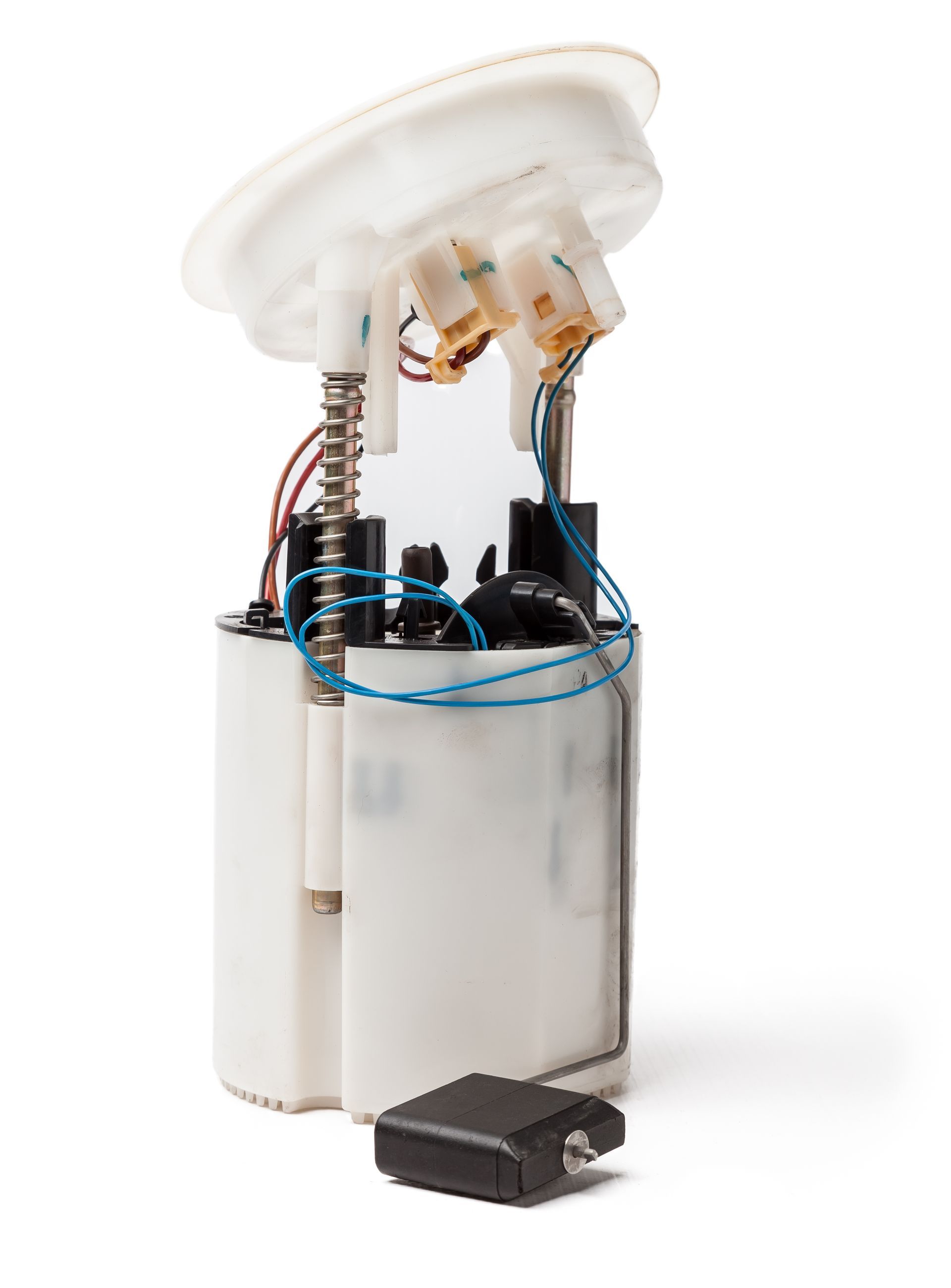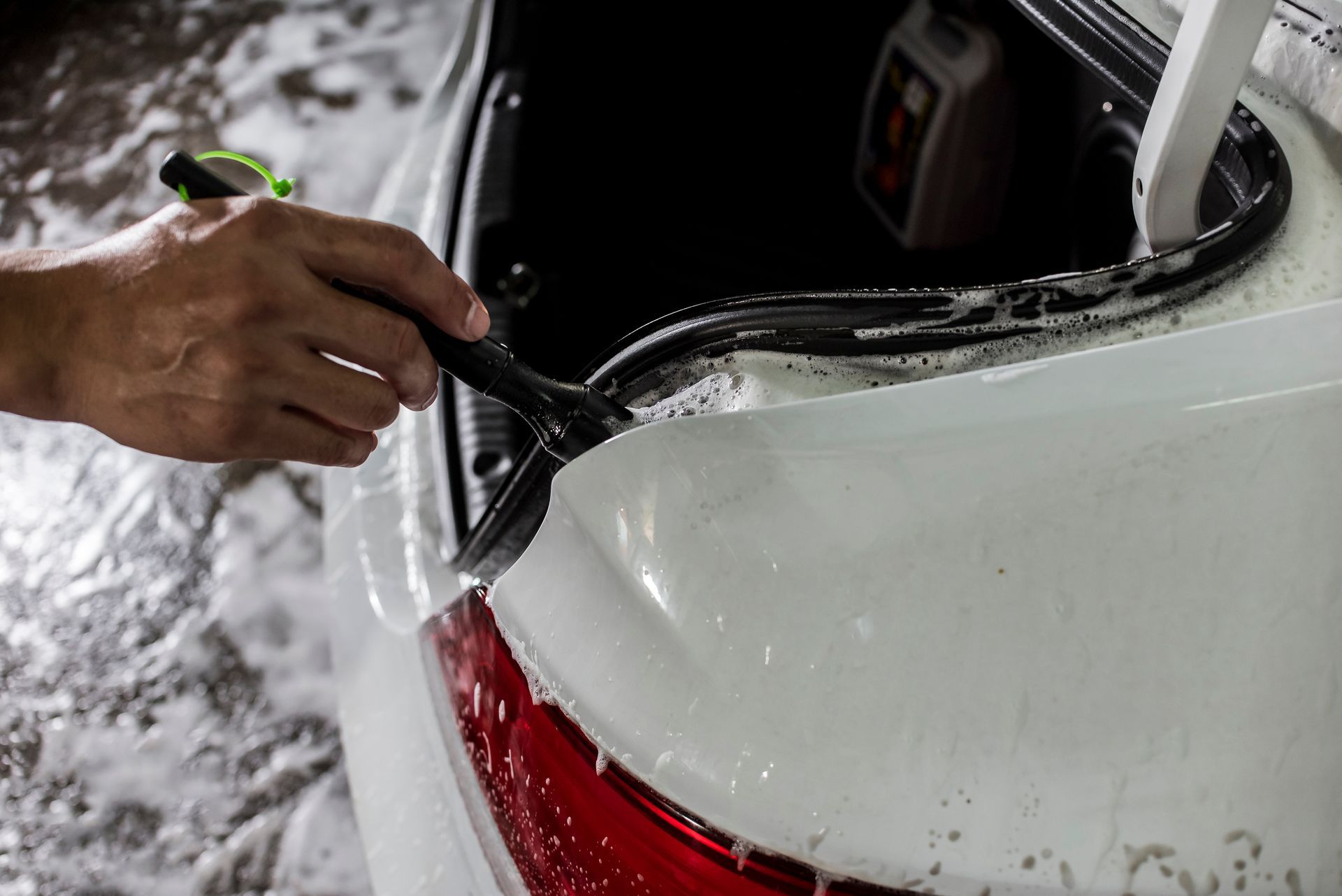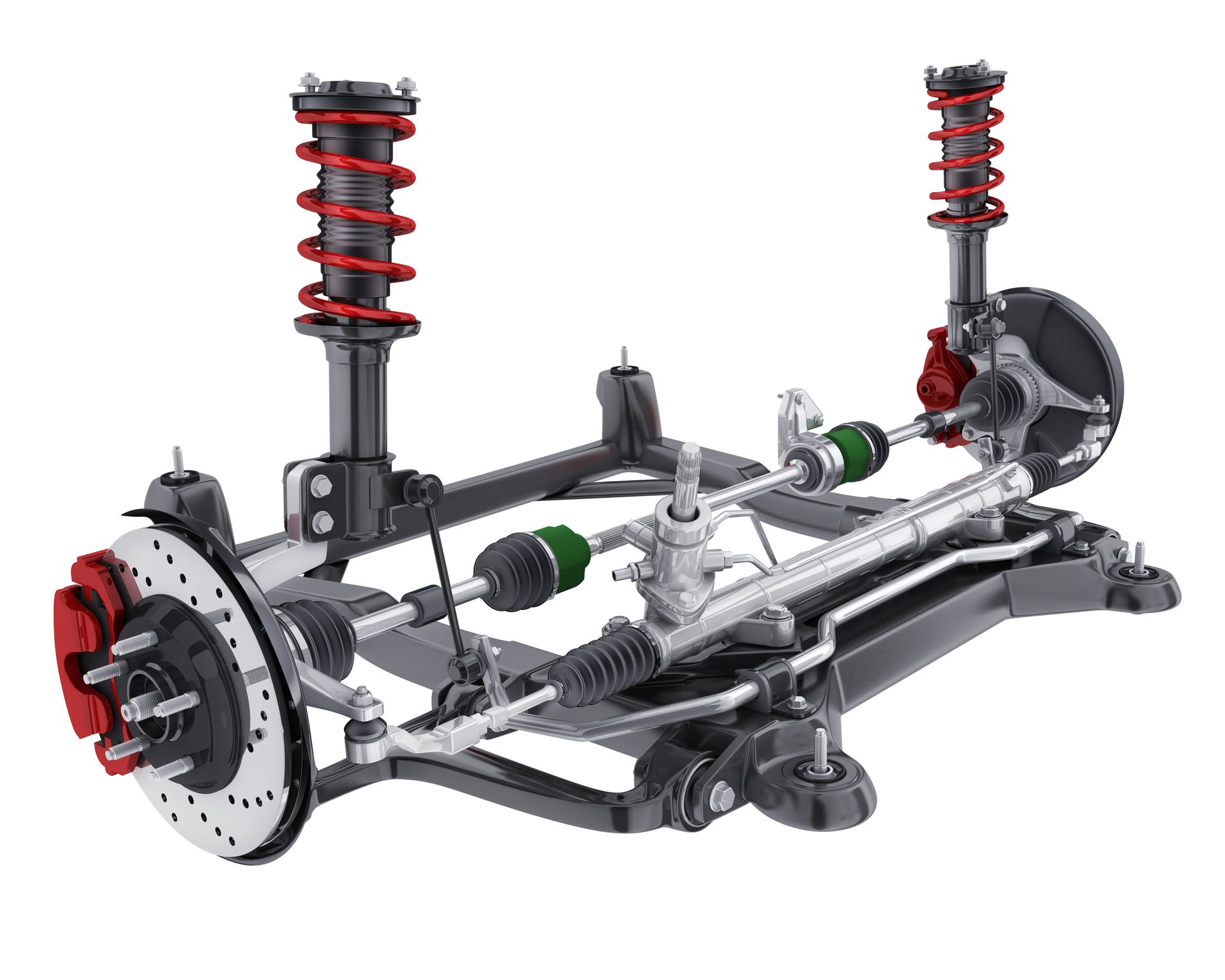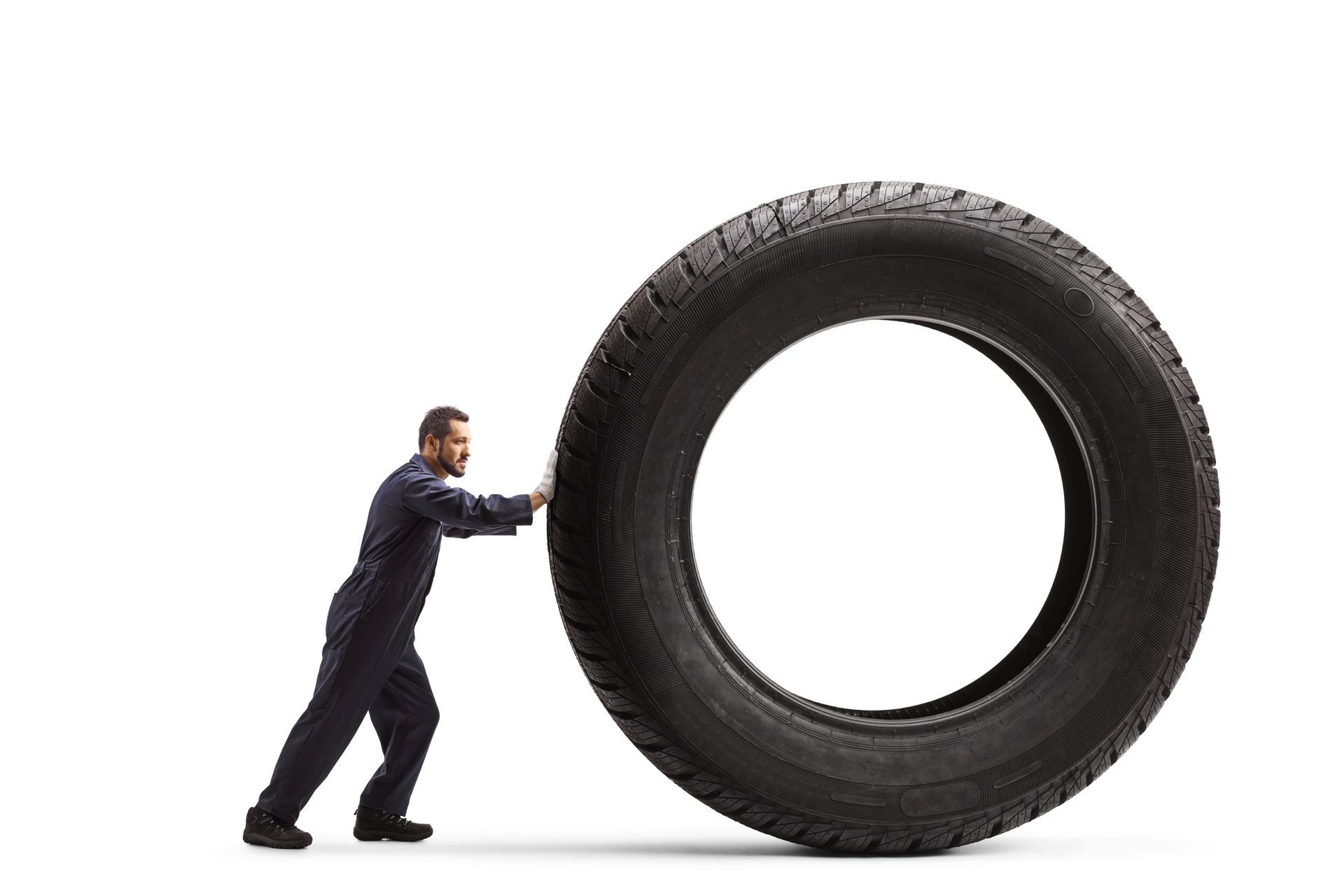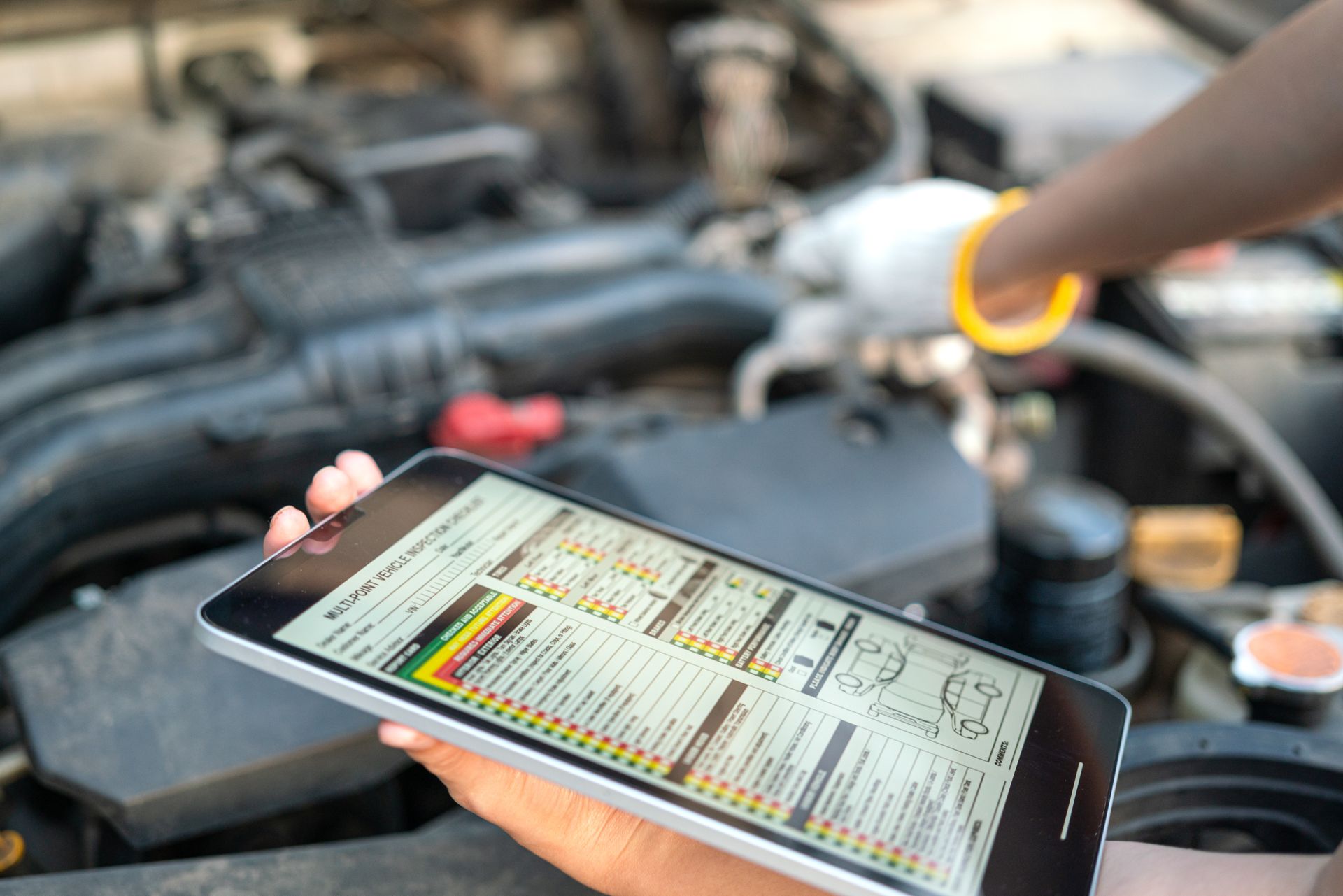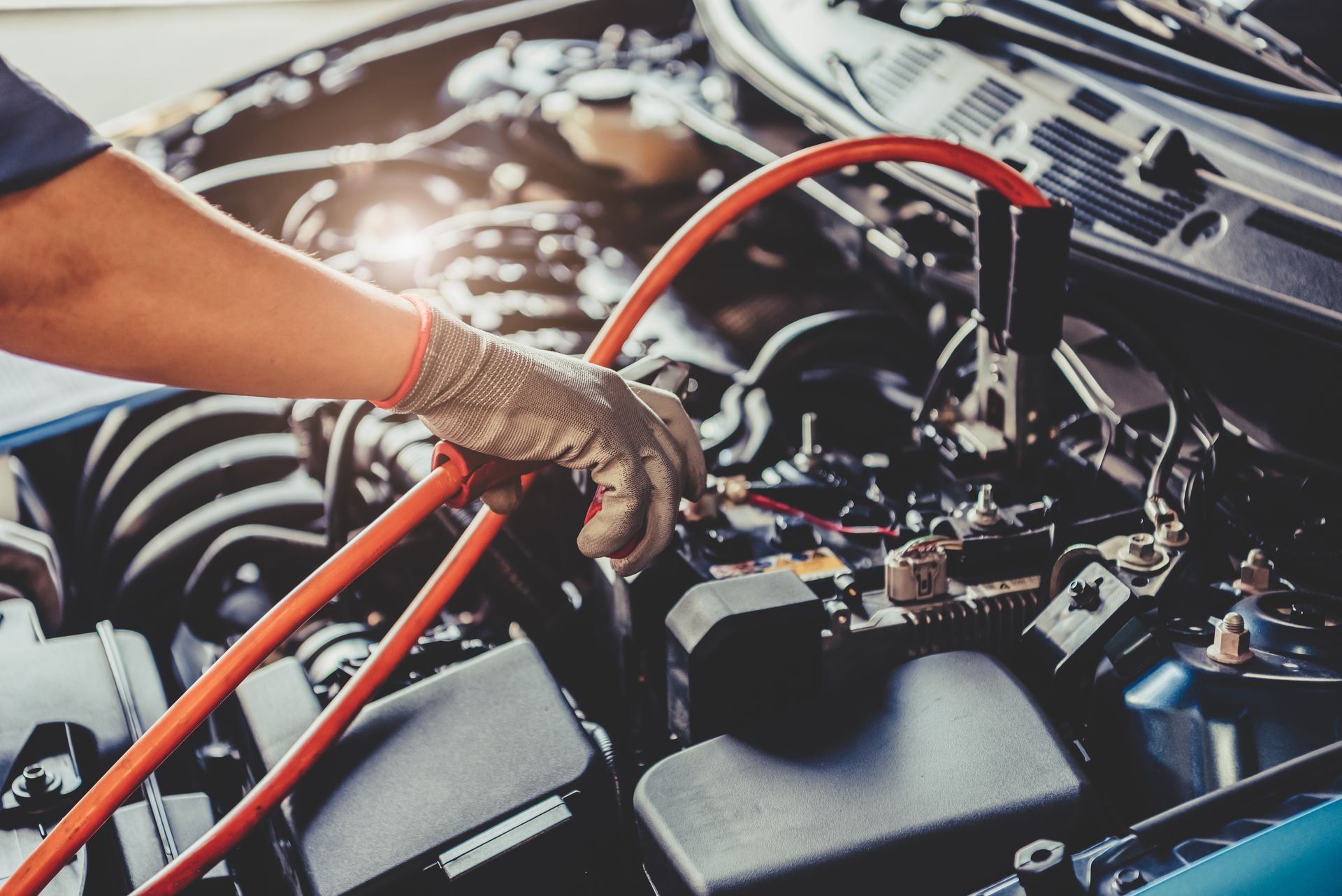Have you ever wondered what lies behind the seamless maneuverability of your car? Let's delve into the workings of one of automotive technology's most appreciated yet overlooked inventions - the power steering system.
Understanding Power Steering
In the early days of automobiles, muscling a car around corners required significant effort, especially at low speeds or when stationary. Then power steering emerged - a technology designed to augment the driver's input force, making it easier to steer vehicles with precision and grace.
The Mechanics of Movement
At its core, power steering relies on hydraulics or electricity to reduce physical strain on the driver. A hydraulic system uses a pump to circulate fluid under pressure, aiding in moving the steering gear. When you turn the wheel, this fluid is directed to either side of the vehicle's front wheels, assisting in turning them with minimal effort.
Electrical systems eschew hydraulics for an electric motor coupled with sensors and a control unit. As you rotate the steering wheel, sensors determine the torque you're applying and command an electric motor to provide assistance proportional to that force. This not only makes driving less physically demanding but also contributes to better fuel efficiency, as there is no constant pump drag on the engine.
The Role of Sensors
Modern vehicles often incorporate advanced sensors that gauge speed, torque applied by the driver, and even steering angle. These sensors ensure that power assistance is provided only when needed and adjusted according to driving conditions. For instance, less assistance is given at high speeds for greater stability; conversely, at low speeds or during parking maneuvers, more help is provided.
Problems and Maintenance
While power steering has transformed driving into a more pleasant experience, it requires regular maintenance like any other part of your vehicle. Leaks in hydraulic systems can cause loss of pressure and reduced effectiveness; belts connected to pumps may wear out over time as well. Electric systems are usually less maintenance-intensive but can suffer from electrical faults or software glitches.
Keep an ear out for unusual noises when turning or check for puddles under your car, which could indicate leaks in a hydraulic system. For electric types, staying attentive to changes in steering feel could preemptively address potential issues before they become serious problems.
If you spot any issues related to the steering system or just want to visit the shop for a few maintenance procedures, call us at
Reeves Tire & Automotive, and we will schedule an appointment ASAP!

